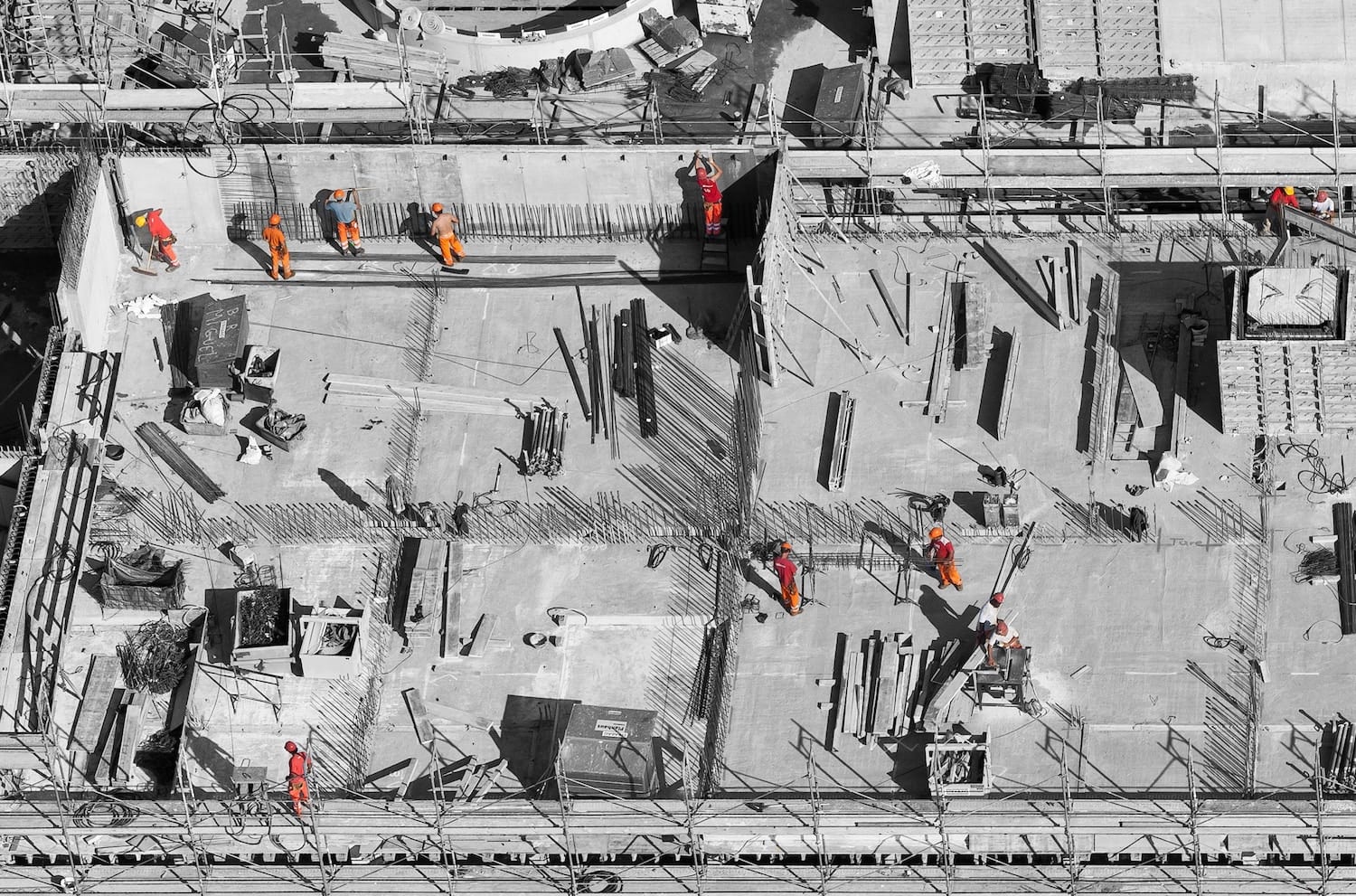Editor’s note: Today is Mesothelioma Awareness Day. The following is a guest post from Molly McGuane, a health advocate and writer for the Mesothelioma and Asbestos Awareness Center, about the risks field service workers face from mesothelioma and asbestos exposure.
Though asbestos is no longer commonly used in building materials and products in the United States, there are still many asbestos-containing materials (ACM) that exist in older buildings, insulation and piping. More than 125 million people a year are put at risk of exposure at work since, at one point, more than 3,000 products in the U.S. alone contained asbestos. Over the years, asbestos exposure was linked to mesothelioma, which is a cancer caused by breathing in or ingesting asbestos fibers.
Many regulations exist today regarding the use of asbestos, but because mesothelioma can take up to 50 years to develop, the disease is still the leading occupational cancer in the country. In honor of Mesothelioma Awareness Day and those workers who have been affected by the disease, below are a few facts about where the risk originates and how field service professionals can stay safe.
Who Is Most at Risk?
While asbestos could exist in office buildings and other structures built prior to 1980, the material only becomes dangerous when fibers are disturbed and released into the air. Professionals who work in shipyards, construction sites and industrial plants are most vulnerable to exposure.
Construction workers and service professionals work with some of the most hazardous materials out there, but asbestos is one dangerous material that might slip through that cracks. Buildings and homes that were constructed from the 1930s to the1970s might have been built using asbestos, as many put faith in the mineral’s strong qualities during that time period. For this reason, those who work on renovation projects could be exposed when walls and insulations are torn down or broken. Because service workers tend to piping and are often exposed to insulation, they should also be vigilant of friable asbestos on the job. Unfortunately, the toxin can also be found in less obvious products like roofing, shingles, paint and drywall. Workers should not only be aware of what they could be breathing in, but also what they might be bringing home on their shoes and clothing.
How Can Workers Stay Healthy?
Familiarizing yourself with where asbestos could be lurking and what it looks like can help any stay vigilant on the job. Before starting a job, you or your employer should inquire about the age of the structure and if asbestos was known to be used in the building process. If you recognize asbestos before demolition begins, professionals can test for the substance and remove it safely. The two most common types of mesothelioma are pleural mesothelioma, which develops in the lungs most likely from being inhaled, and peritoneal mesothelioma, which develops in the abdomen from being ingested. Wearing a dust mask or a respirator mask made specifically to keep out asbestos could also make a difference for your long-term health. There is no safe level of asbestos, so any form of exposure could lead to illness and disease later in life.
For workers who think they may have already been vulnerable to asbestos on the job, it’s extremely important to monitor health for symptoms over time. Unfortunately, the latency period of developing mesothelioma makes mesothelioma diagnosis difficult. However, diagnosing the disease in its early stages can make treatments more effective and elongate life expectancy. The generic symptoms of mesothelioma also make it difficult to know when someone might be developing the disease. In stage 1, symptoms may manifest as a cough or discomfort in the chest and abdominal region. In later stages, people will feel shortness of breath and eventually more serious signs of illness, including fever, nausea and weight loss.
See a doctor regularly if you believe that you may have been exposed earlier in life, and keep your physician up to date on your history. For patients who may already be experiencing the beginning stages of the disease, there are doctors who work specifically with mesothelioma patients and can design the best treatments. Today, cancer research, clinical trials, and the use of artificial intelligence can give patients more hope than ever in increasing life expectancy of this rare cancer.


Share this: